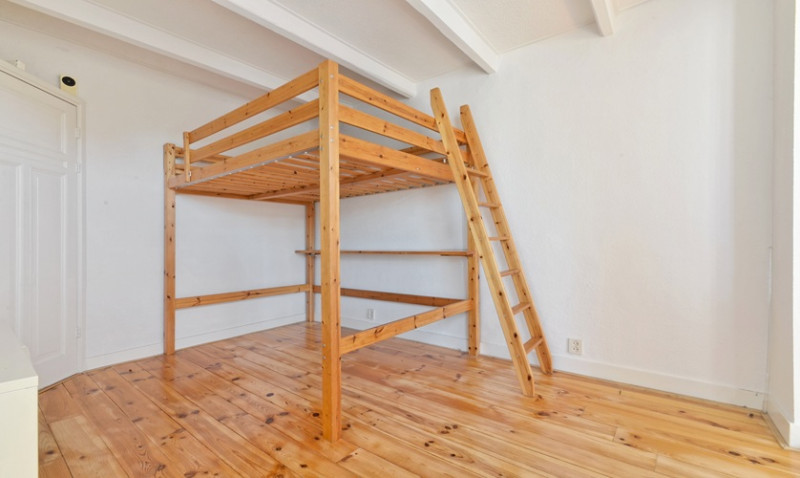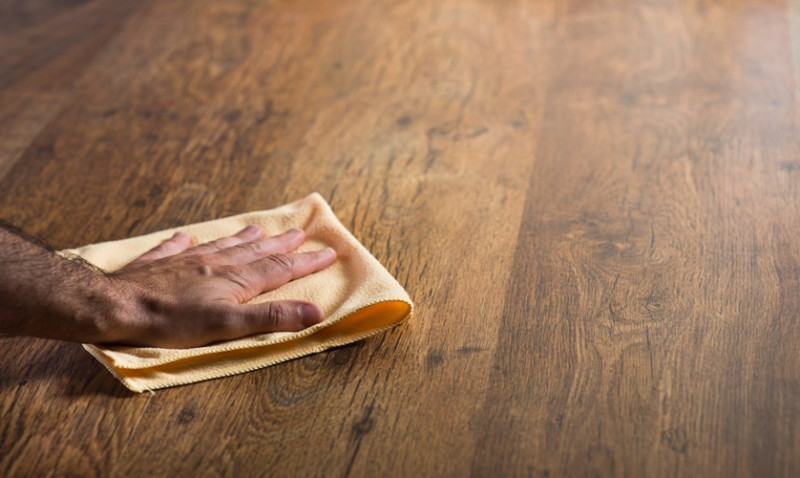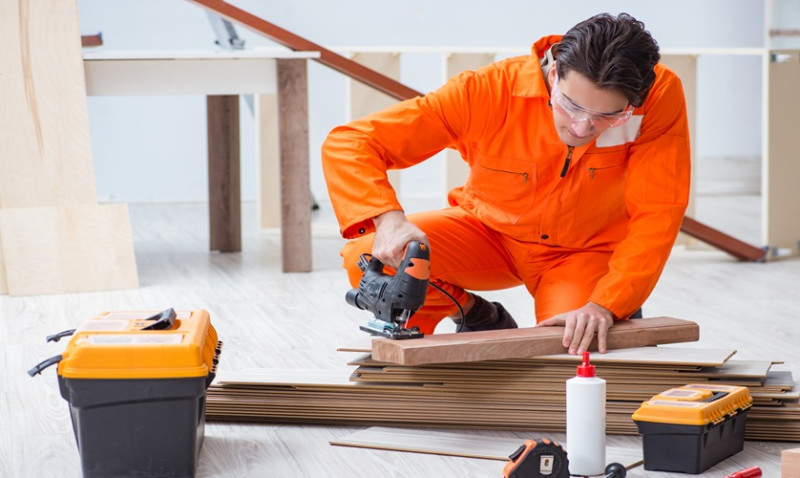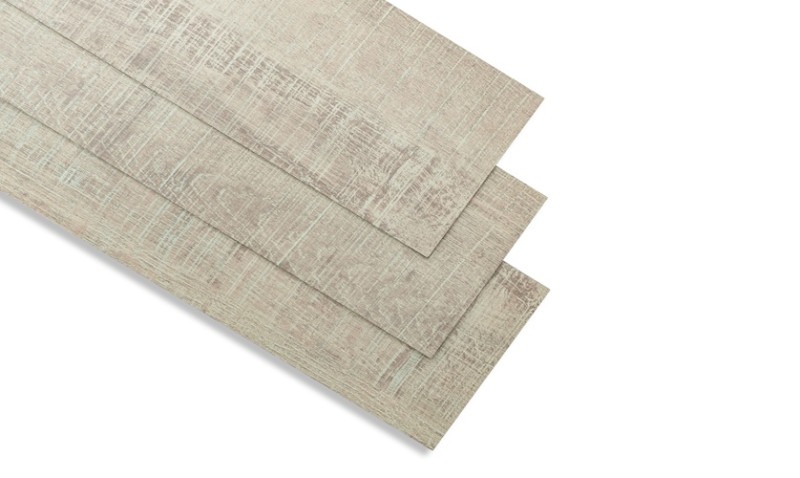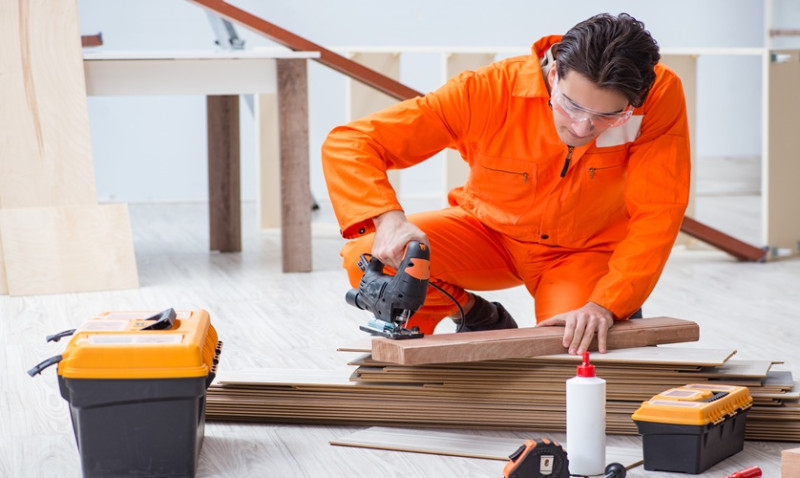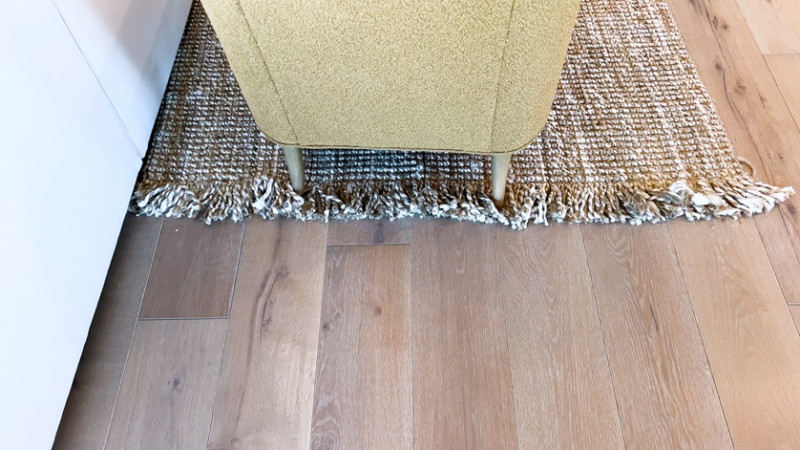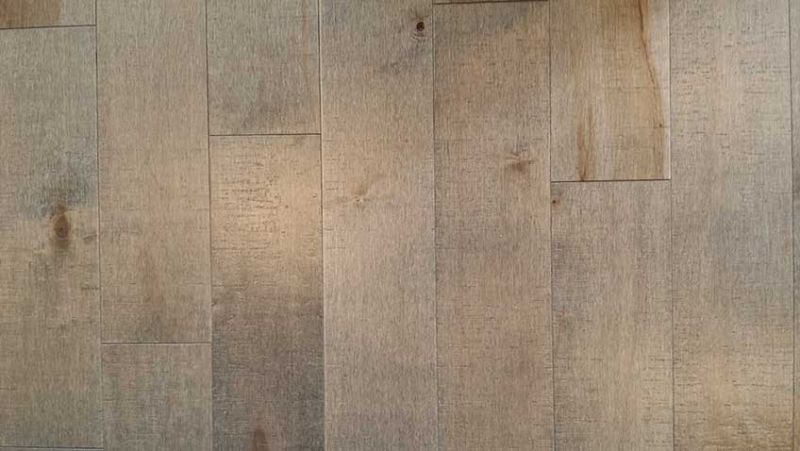
Maple flooring is a popular choice for many homeowners because of its natural beauty and durability. But like any other type of flooring, maple has both pros and cons. Here's a look at some of the key benefits and drawbacks of maple flooring.
Maple Flooring Pros
Timeless Appeal
In terms of hardness, maple is on the harder side, ranking at 1450 on the Janka Hardness Scale. This makes it more resistant to dents and wear than softer woods like pine, but not as tough as something like oak. It’s also not as susceptible to warping as other hardwoods. All in all, maple is a fairly low-maintenance wood that’s easy to clean and care for. When it comes to price, maple is in the middle range for hardwoods. It’s not as expensive as something like mahogany or cherry, but it’s also not as affordable as oak or pine.
Damage Resistance
Maple is also a very dense wood, which means that it is not as likely to dent or scratch as some other types of hardwood flooring. If you are looking for a hardwood floor that will withstand a lot of wear and tear, maple is a great option. Maple can easily stand up to dropped pans in the kitchen and rolling toys in the living room and kids’ bedrooms without serious damage.
Affordability
Maple is a relatively affordable wood, costing comparably to oak, cherry, and ash. If you are looking to save on flooring costs, consider using second or third-grade maple. Affordability is an important factor when choosing flooring. While some people may prefer the look of higher-grade wood, the lower grades still have a lot to offer. They have color streaks and small knot holes, but no flaws that will compromise their durability. In fact, if you’re going for a more rustic look, the irregularities of the lower grades make them a more fitting choice. As an added benefit, the fact that maple grows so plentifully makes it a more environmentally friendly choice than wood from slow-growing trees such as oak, walnut or cherry.
So, if you’re looking for beautiful, durable and affordable flooring, maple is a great option to consider. You can find it in a variety of grades to suit your budget and taste, and it will add a touch of elegance to any room in your home.
Maple Flooring Cons
Staining Difficulties
Maple is a beautiful wood, but it can be difficult to stain evenly. The tight grain means the wood doesn't absorb stain well in most areas, so it can often look splotchy. In a few spots that have more open grain, the stain will soak in more and create a darker colour. However, this uneven look is often the result.
If you want to lighten the colour of a maple floor, you will have better luck using a high grade of maple that is nearly white. However, staining a maple floor is a tricky job, and it is best left to a professional. Dyeing a maple floor is an even more difficult task, and it is also best left to a professional.
When it comes to staining maple floors, the best way to achieve an even finish is by using a darker stain. This will help to camouflage any imperfections in the wood and give you the even coverage that you desire. However, keep in mind that dark stains can be very difficult to remove, so be sure to test the stain in an inconspicuous area before proceeding with the entire project.
Dyeing maple floors is an even more difficult task than staining them. Maple is a very porous wood, and it can be very difficult to get an even coat of dye on the surface.
Conspicuous Scratches
For deeper scratches, you may need to sand the area and then reapply a finish. You can also try using a furniture touch-up marker or crayon that’s a close color match to your flooring. First, clean the area around the scratch. Then, fill in the scratch with the touch-up material, going with the grain of the wood. Wipe away any excess material, and let it dry completely. Finally, buff the area with a soft cloth.
If you're looking for a floor that will stay looking pristine, maple isn't a good choice. The surface is prone to superficial dents and scratches, especially if it's used heavily. Though it won't cause any serious damage, over time the scratches can add up.
Humidity Issues
To protect your maple floor, you may want to consider using a humidifier or dehumidifier to maintain a more consistent humidity level in the room. Dramatic fluctuations in temperature or humidity can cause the floor boards to shrink, warp or split, so it is important to keep the room at a relatively stable temperature and humidity level. Additionally, incorrect drying and storage methods can leave maple flooring susceptible to damage, so be sure to purchase from a supplier who can guarantee that the wood has been handled correctly. By taking these precautions, you can help ensure that your maple flooring remains in excellent condition for years to come.
Maple is a popular flooring choice for its simple beauty and understated style, but it can be susceptible to superficial scratches and it requires a controlled humidity environment. In dry or humid climates, a more suitable wood species may be a better choice. If you prefer darker flooring or appreciate the intricate grain patterns in wood surfaces, walnut or cherry may be more to your liking than maple.
